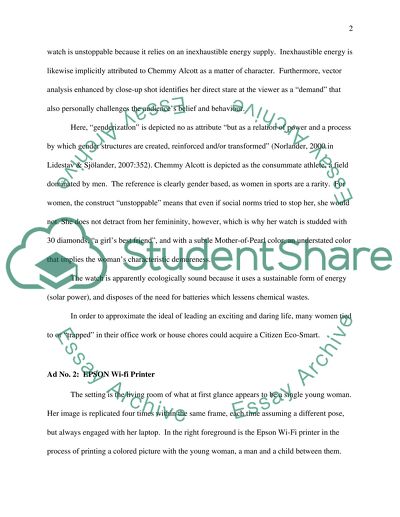Cite this document
(Advertisements in Men's and Women's Magazines Assignment - 1, n.d.)
Advertisements in Men's and Women's Magazines Assignment - 1. Retrieved from https://studentshare.org/marketing/1567323-english-language-language-in-theory-and-practice
Advertisements in Men's and Women's Magazines Assignment - 1. Retrieved from https://studentshare.org/marketing/1567323-english-language-language-in-theory-and-practice
(Advertisements in Men's and Women'S Magazines Assignment - 1)
Advertisements in Men's and Women'S Magazines Assignment - 1. https://studentshare.org/marketing/1567323-english-language-language-in-theory-and-practice.
Advertisements in Men's and Women'S Magazines Assignment - 1. https://studentshare.org/marketing/1567323-english-language-language-in-theory-and-practice.
“Advertisements in Men's and Women'S Magazines Assignment - 1”, n.d. https://studentshare.org/marketing/1567323-english-language-language-in-theory-and-practice.


